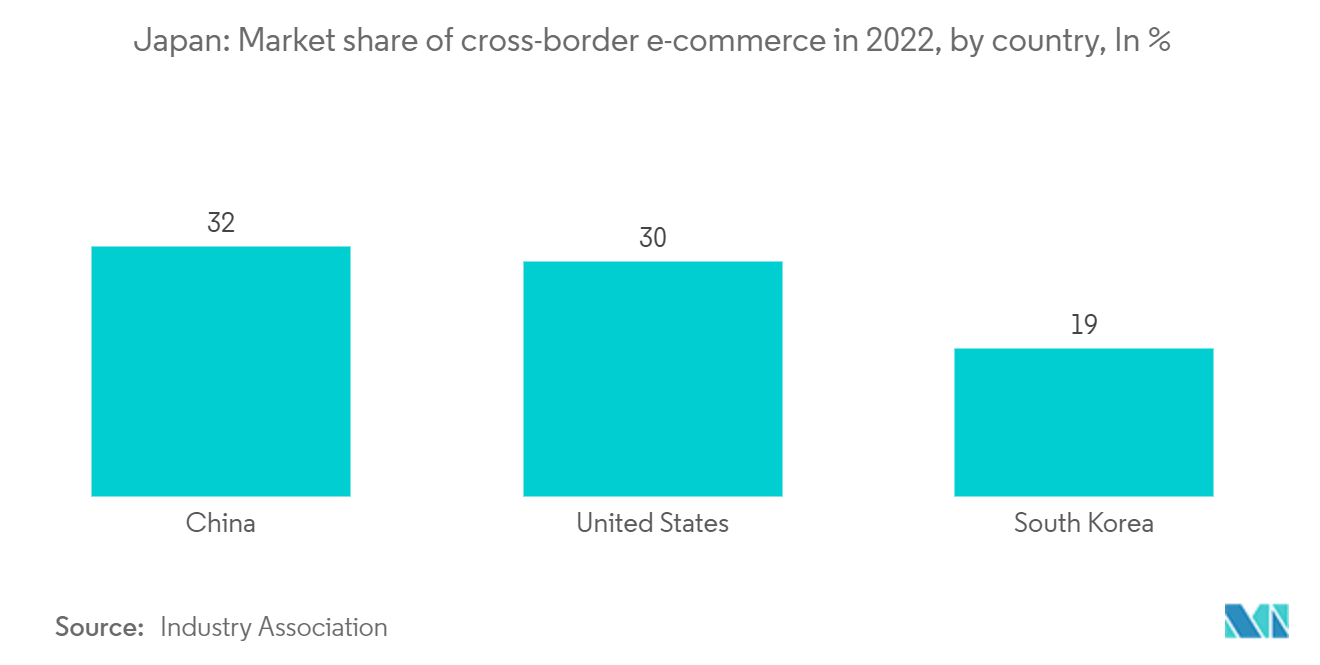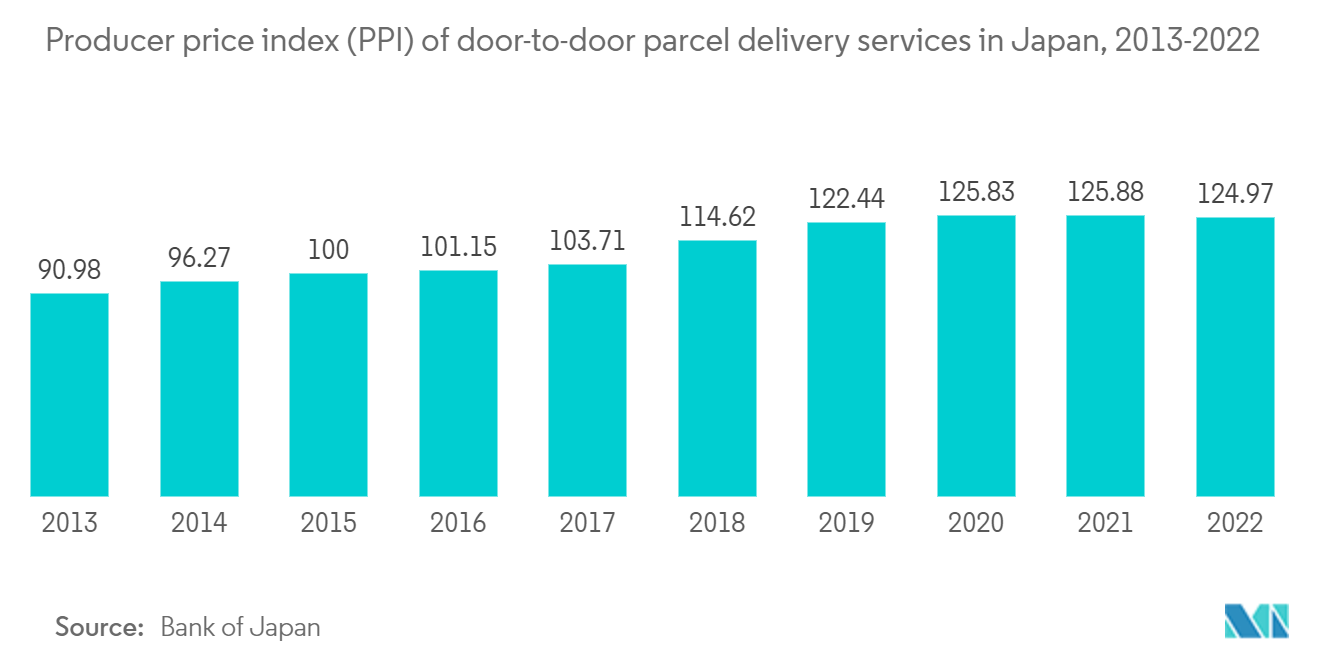Market Trends of Japan International CEP Industry
Growth in Cross Border E-commerce is driving the market
Japan’s international e-commerce is on the rise, a study by PPRO found that China was the top e-commerce destination for Japanese shoppers. The US came in second with 30% of the global e-commerce sales. The United States and China are the country’s largest markets for Japanese goods. In 2021, online sales to China reached JPY 2.13 trillion (USD 14.37 billion), a 10% increase from the previous year, while online sales to the United States increased by 26% to JPY 1.22 trillion (USD 84 billion), according to the Ministry of Economics, Trade and Industry (METI). The two countries combined accounted for about 10% of Japan’s total exports for the year, excluding online transactions of JPY 200,000 (USD 1370.99).
Japan is one of the fastest-growing e-commerce & m-commerce markets with a digitally savvy population that is increasingly buying across borders. It is an ideal market for cross-border e-commerce businesses. Cross-border e-commerce companies will be successful in this market if they localize the customer experience, including genuine and correct language translations, website architecture, product listing, and superior customer service.

Increase in Volume of Parcel Shipments in Japan
In Japan, the volume of parcels and packets generated in 2022 reached 9,1 billion, a decrease of -1,1% compared to the previous year's 9,2 billion parcels. This represents an average of 289 parcels per second, equivalent to 25 million parcels per day. The total revenue generated from parcels in 2022 was USD 27 billion, an increase of 17% year-on-year, however, the revenue per parcel decreased by –16%, largely due to the strong US Dollar-Yen exchange rate in 2022. The average parcel generated per person was 73, while the average parcel generated per household remained at 173. Nearly half of Japanese households (48.2%) with 2 or more people purchased goods or services through e-commerce in 2022, a record high in the last decade. The number of e-commerce-using households has been steadily rising in recent years, and leisure-related products and services are among the most popular online purchases.


